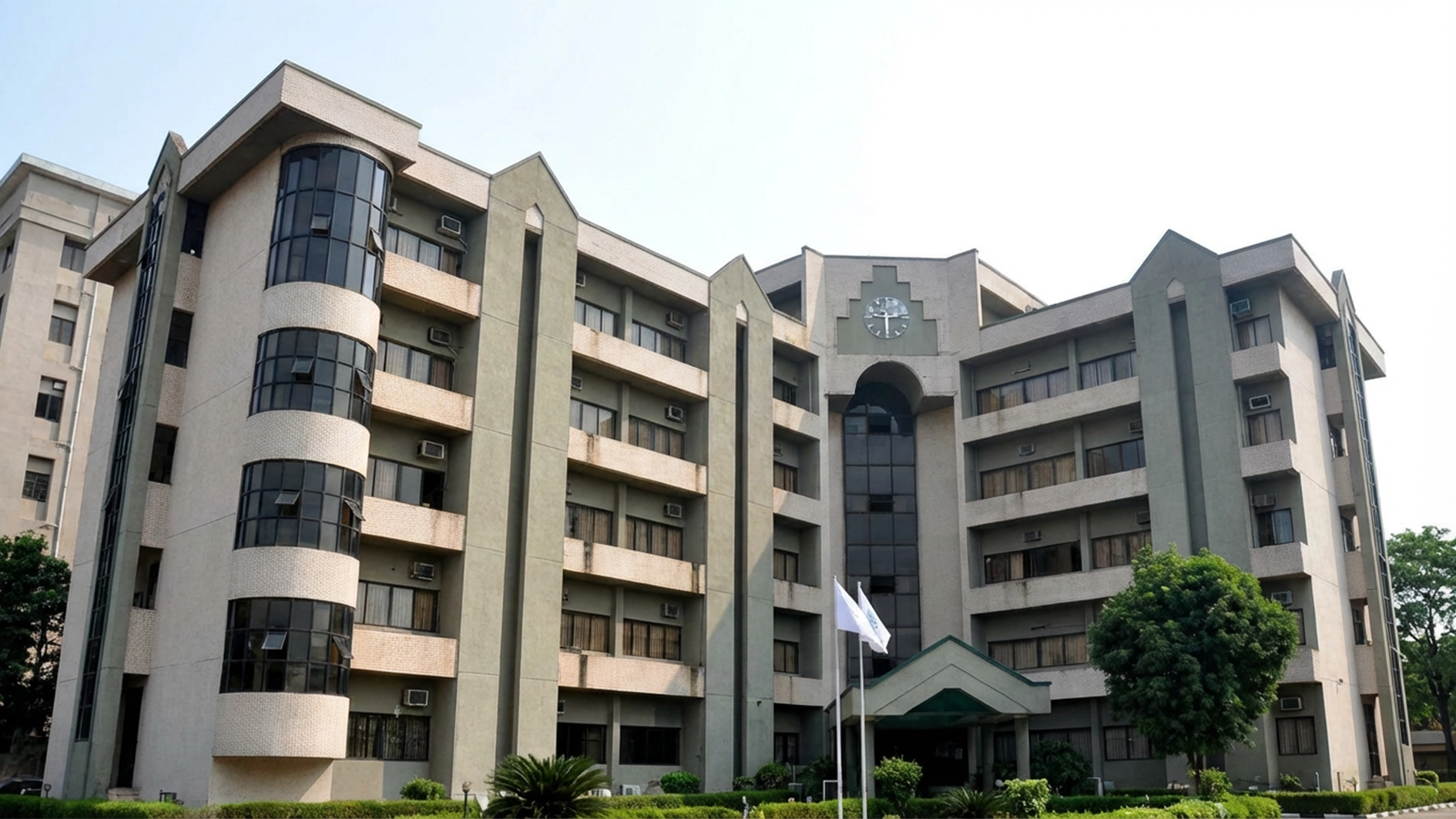The Lagos State AIDS Control Agency (LSACA) has called on various media houses to see the need to disseminate accurate information and awareness in a bid to sensitise people against stigmatisation and discrimination of people living with Human Immuno-deficiency Virus (HIV)/Acquired Immune Deficiency Syndrome (AIDS).
The agency held a one-day training, last week at Lagos Chamber of Commerce and Industry (LCCI) building, Dr Nurudeen Olowopopo, Alausa, Ikeja, Lagos State for various media houses in an effort to disseminate accurate information relating to HIV anti-stigma, which Lagos State Government signed into law in May 2007 titled, “The Law Protecting the Rights of People Living with HIV/AIDS.’’
Head, Project, LSACA, Dr. Oladipupo Fisher, gave an overview of the agency. He said that HIV/AIDS response required multi-sectorial approach because even though the health sector is very essential to the cause, the non-health sector is equally as important, hence, the creation of LSACA.
Fisher spoke about the epidemiology of the virus and its prevalence in male and female with Eti-Osa local government having the highest with 3.3-percentage prevalence followed by Ikeja with 3.1-percentage prevalence from1993 to 2018. He also stated that migration; stigmatisation and discrimination are the key factors for increase of HIV/AIDS in Lagos state.
In an interview with Fisher, he mentioned that the state government has been very supportive of the HIV response in the state, which has significantly close the gap of burden in the state now in comparison to the data collected on the number of persons living with HIV/AIDS in the state in 2018.
Fisher also said that the agency has put coordination platforms to further reduce this burden in the state like inter-faith forums where the agency is working with religious leaders to help sensitise people on the dangers of stigmatisation. “We use them as HIV ambassadors” he said, and “we are also working with traditional leaders too to demystify this stigma.”
He said, “ We have a five years strategic plan for HIV response with the current one running from 2021 to 2025. This strategies draw up our operational plan yearly, so that we can easily access what we want, the challenges we faced that hindered us from getting to where we want and what we have achieved at the end of each year.”
He also explained that the youths are vulnerable due to low risk perception among them toward HIV and the agency has a targeted intervention around the youths to increase their knowledge and optics of HIV testing.






